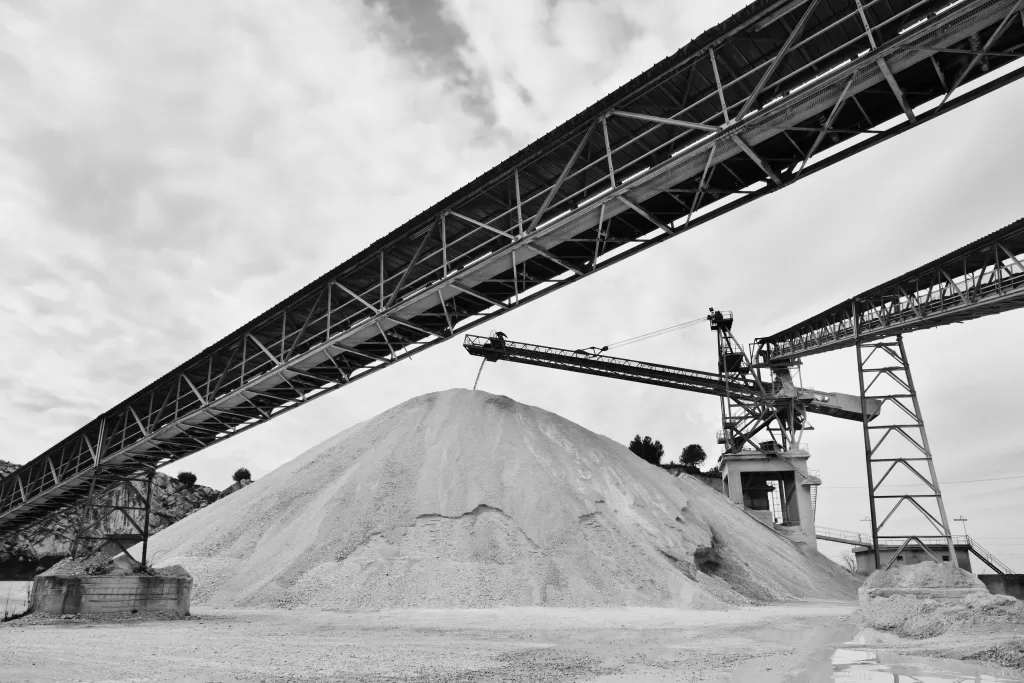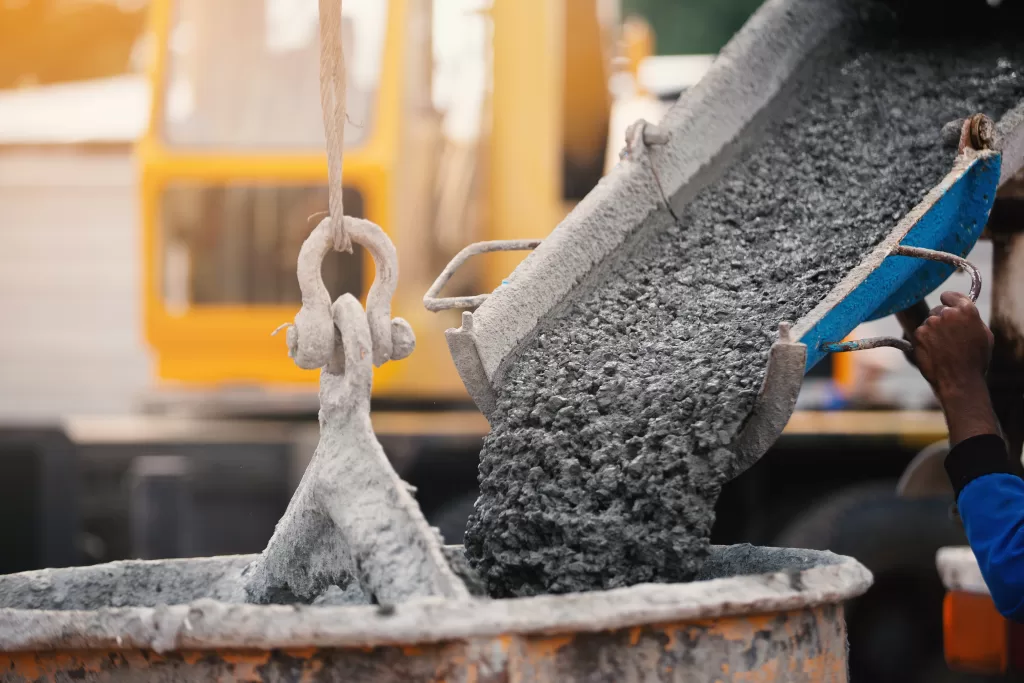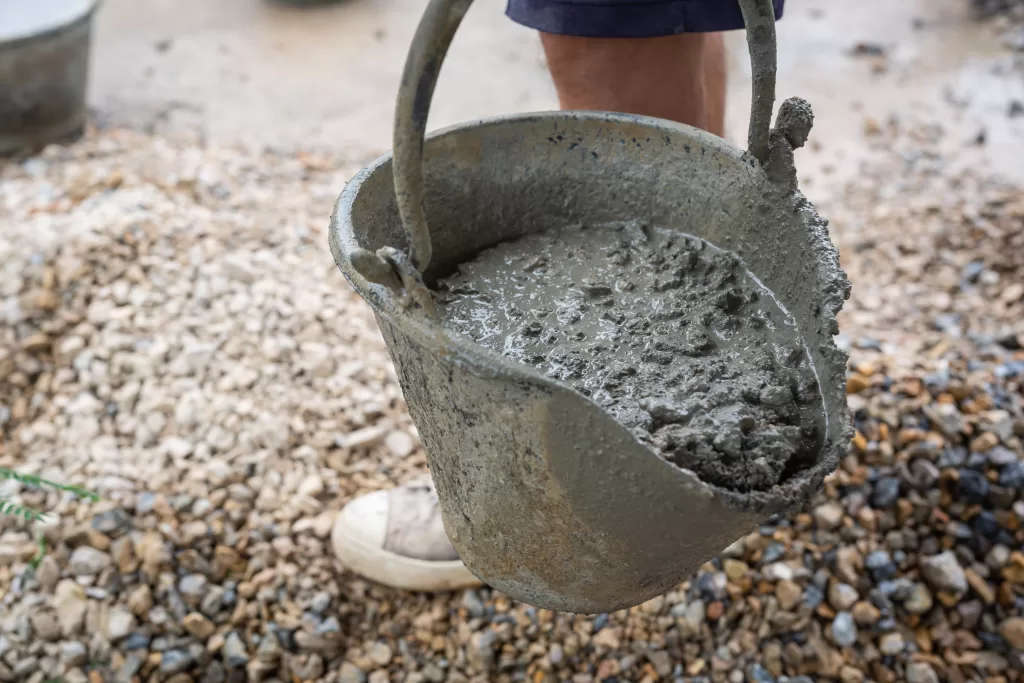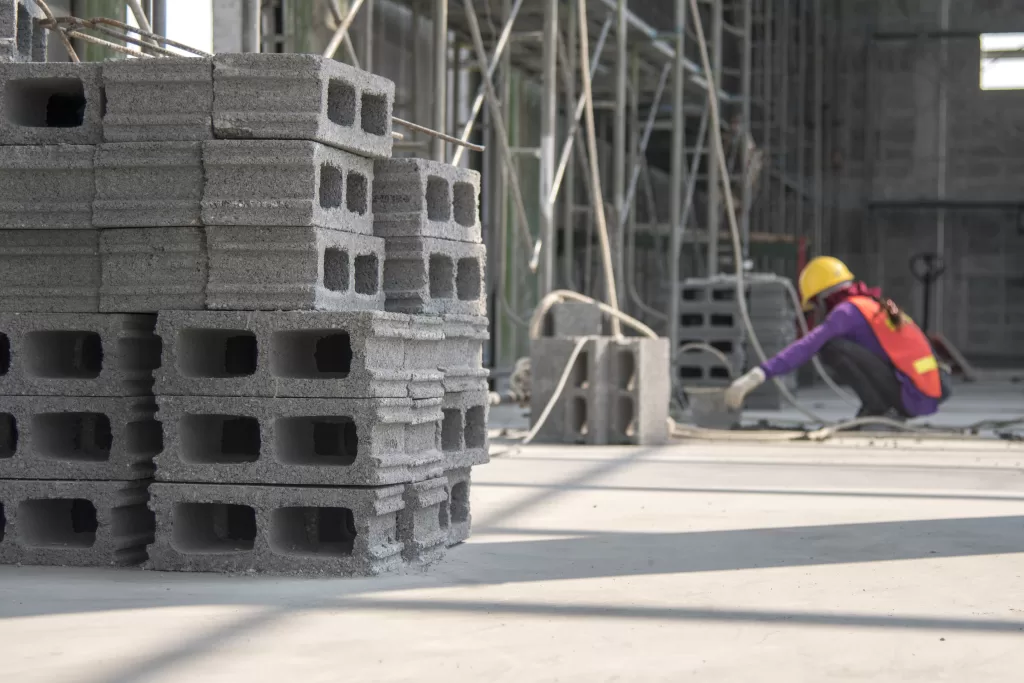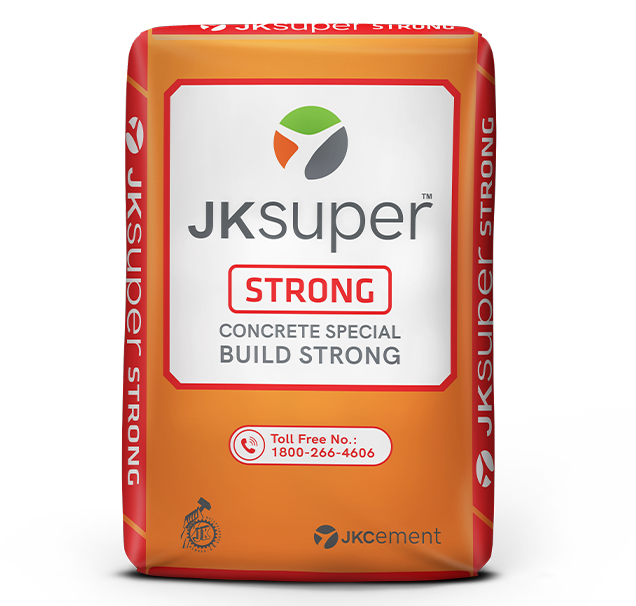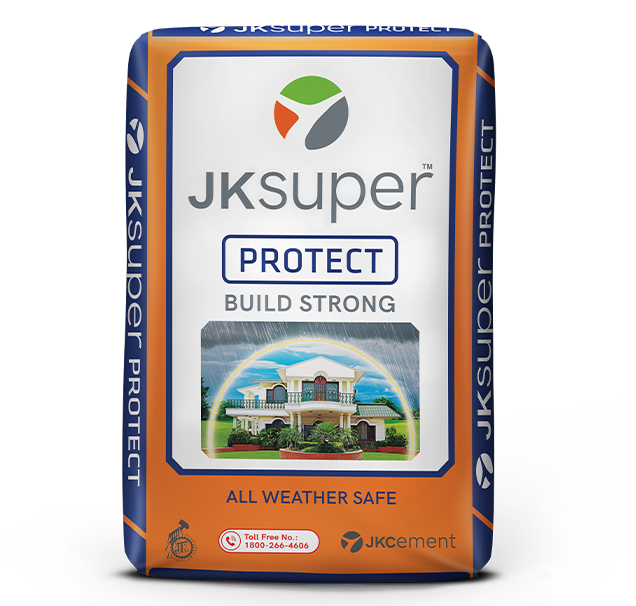Cement is the primary binding material used to make various other construction materials like concrete, plaster and mortar. It provides strength, durability, and stability to structures, making it an essential ingredient in the world of construction. Read on to know more about the chemical composition of cement, its ingredients, manufacturing process, types, and various applications.
Composition of Cement
Cement is a finely powdered substance primarily composed of limestone, clay, shale, and other materials. The main ingredients of cement are:
Calcareous materials
Limestone is the primary source of calcium oxide in cement production. It is a sedimentary rock rich in calcium carbonate, which undergoes a chemical reaction during the manufacturing process that results in the formation of calcium oxide.
Argillaceous materials
Clay and shale are argillaceous materials and secondary sources of materials in cement production. They contain silica, alumina, and iron oxide, which are essential components of cement manufacturing.
Functions of Cement Ingredients
The ingredients in cement serve specific functions, contributing to its overall performance:
Calcium Oxide (CaO)
Derived from limestone, calcium oxide acts as the primary component responsible for cement’s strength and binding properties.
Silica (SiO2)
Silica imparts hydraulic properties to cement, allowing it to harden and set when mixed with water. It also contributes to the cement’s overall durability and resistance to external elements.
Alumina (Al2O3)
Alumina provides the cement with increased resistance to chemical attacks, such as those caused by sulphates and acids. It also enhances the cement’s ability to withstand high temperatures.
Iron Oxide (Fe2O3)
Iron oxide gives cement its characteristic grey colour. It contributes to the cement’s strength and acts as a flux, facilitating the fusion of the raw materials during the manufacturing process.
How is Cement Made?
The manufacturing process of cement involves several stages:
- Limestone, shale and clay are mined from quarries and transported to the cement plant. The quality and composition of these raw materials are monitored to ensure consistent cement production.
- The extracted raw materials are crushed and then ground into a fine powder. This process increases their surface area and facilitates chemical reactions during the subsequent stages.
- The crushed raw materials are proportioned and mixed thoroughly to create a homogeneous mixture. This component of cement, known as the raw meal, is then heated to high temperatures in a kiln.
- This mixture is fed into a rotating kiln, where it is heated to temperatures around 1450°C (2642°F). This high temperature causes chemical reactions to occur, resulting in the formation of clinker.
- The clinker is cooled and then ground into a fine powder. This final grinding stage enhances the cement’s reactivity by increasing its surface area.
- To control the setting time of cement, a small amount of gypsum (calcium sulphate) is added during the grinding stage. Gypsum regulates the rate at which cement hardens and prevents immediate setting upon contact with water.
Types of Cement Based on Composition
The composition of cement can vary, leading to the production of different types of cement with specific properties. The commonly used types of cement are:
Ordinary Portland Cement (OPC)
OPC is the most widely used cement type, accounting for most of the cement production globally. It is primarily composed of clinker, gypsum, and a small number of other additives. OPC is known for its strength, durability, and versatility, making it suitable for a wide range of applications.
Portland Pozzolana Cement (PPC)
PPC is made by mixing pozzolanic materials such as volcanic ash, silica fumes, or fly ash with OPC. The addition of pozzolanic materials enhances the cement’s properties, including improved workability, reduced heat generation, and increased resistance to aggressive environments.
Portland Slag Cement
PSC is made by grinding Portland clinker with granulated blast-furnace slag. It has a lower heat of hydration, making it suitable for mass construction. Structures made with PSC have the potential to be resistant to chemical attacks and provide a reduction in thermal cracks.
Sulphate-Resistant Cement
This type of cement is specially designed to resist sulphate attack, which can occur when cement encounters sulphate-rich soils or water. It contains a low percentage of tricalcium aluminate (C3A), which is responsible for sulphate attacks.
White Cement
White cement has a lower iron content, resulting in its distinctive white colour. It is used in architectural applications where aesthetics and colour consistency are crucial, such as decorative concrete, precast elements, and terrazzo flooring.
Uses of Different Cement Types
The different types of cement find applications in various construction projects:
- OPC is widely used in the construction of buildings, bridges, roads, and infrastructure projects. Its versatility and strength make it suitable for general-purpose applications.
- PPC is commonly used in hydraulic structures, marine construction, and structures exposed to aggressive environments. It is also suitable for mass concrete works and projects that require reduced heat generation.
- PSC is suitable for general construction work, particularly marine works.
- Sulphate-resistant cement is ideal for projects in areas with high sulphate content in the soil or water, such as coastal regions or where sulphate-rich industrial effluents are present.
- White cement is primarily used in architectural designs, like decorative concrete, facades, and specialised finishes. It is also used in the production of coloured concrete and pigmented products.
Reasons To Use Portland Cement
Portland cement is a widely used cement due to a multitude of reasons:
- It provides excellent compressive strength and durability.
- The raw materials are widely available, which, in turn, facilitates easier production.
- It can be used in a wide range of small to large construction projects.
Alternatives to Portland Cement
While Portland cement remains the most widely used type, several alternatives are being explored to reduce its environmental impact. Some of these alternatives include:
- Supplementary Cementitious Materials (SCMs), such as fly ash, silica fume, and slag, are used as partial replacements for cement. These materials offer similar strength and durability properties while reducing the carbon footprint of concrete.
- Geopolymer cement is produced by combining alumina-silicate materials with alkaline solutions. It offers comparable strength and durability to Portland cement with lower carbon dioxide emissions.
At JK Cement, we offer different types of cement for your varying construction needs. Know more.
FAQs
How is cement used in concrete?
Cement is a binding agent in concrete, which is a composite material comprising cement, aggregates (such as sand and gravel), and water. Cement provides the strength and cohesion necessary for concrete to resist external forces and maintain its shape.
What factors affect the composition of cement?
Several factors influence the composition of cement. The quality of the raw materials can affect the final cement’s properties. Temperature, residence time in the kiln, and grinding parameters can affect the formation of the clinker as well as the grinding of the clinker into cement.
What are the main ingredients of cement?
Lime, clay and shale are some of the main ingredients of cement.

